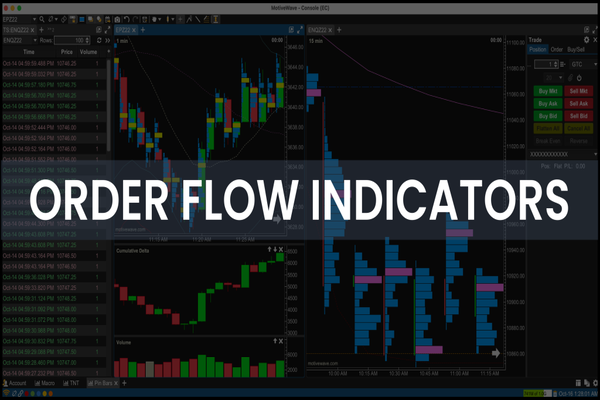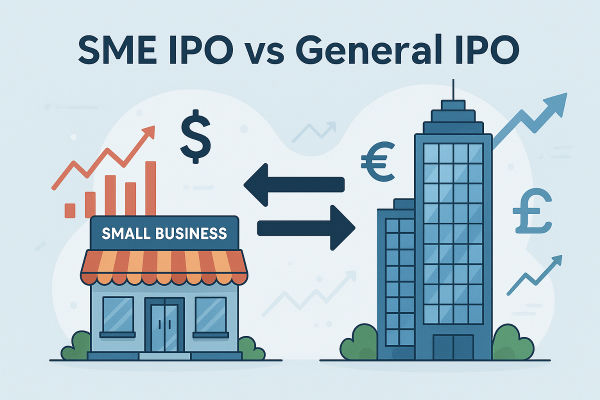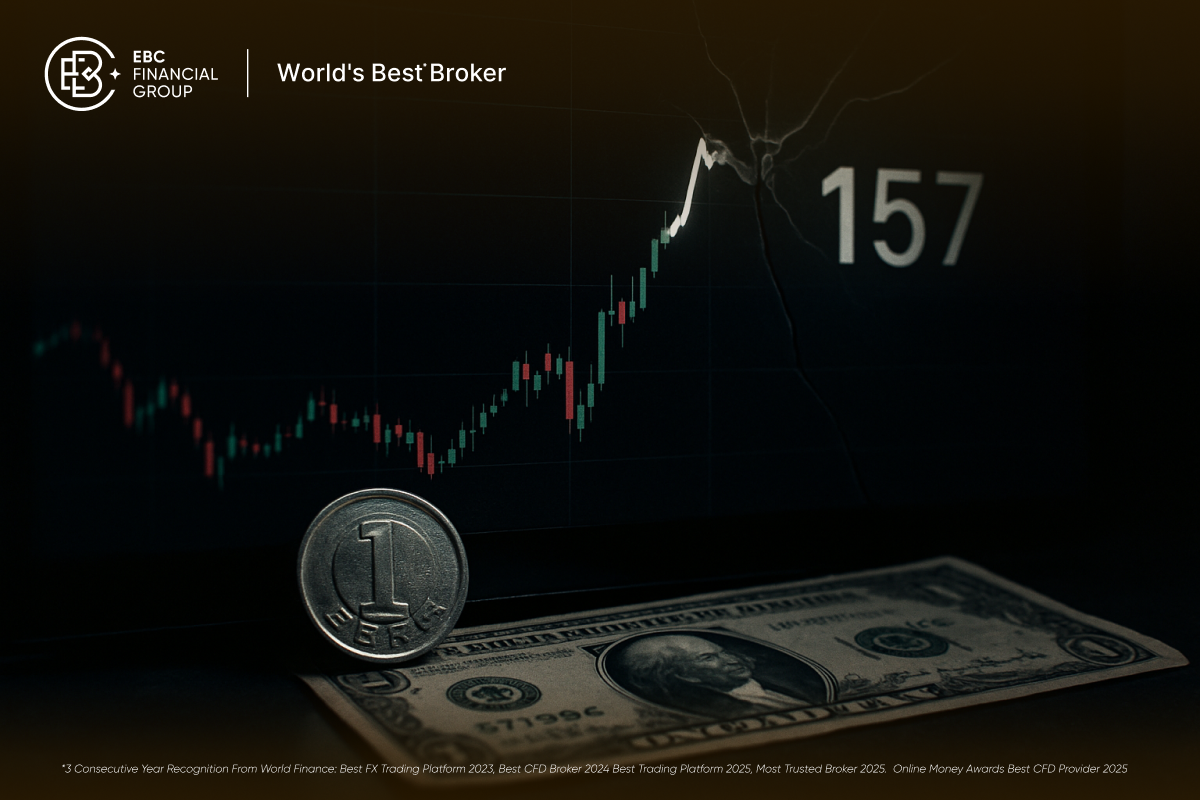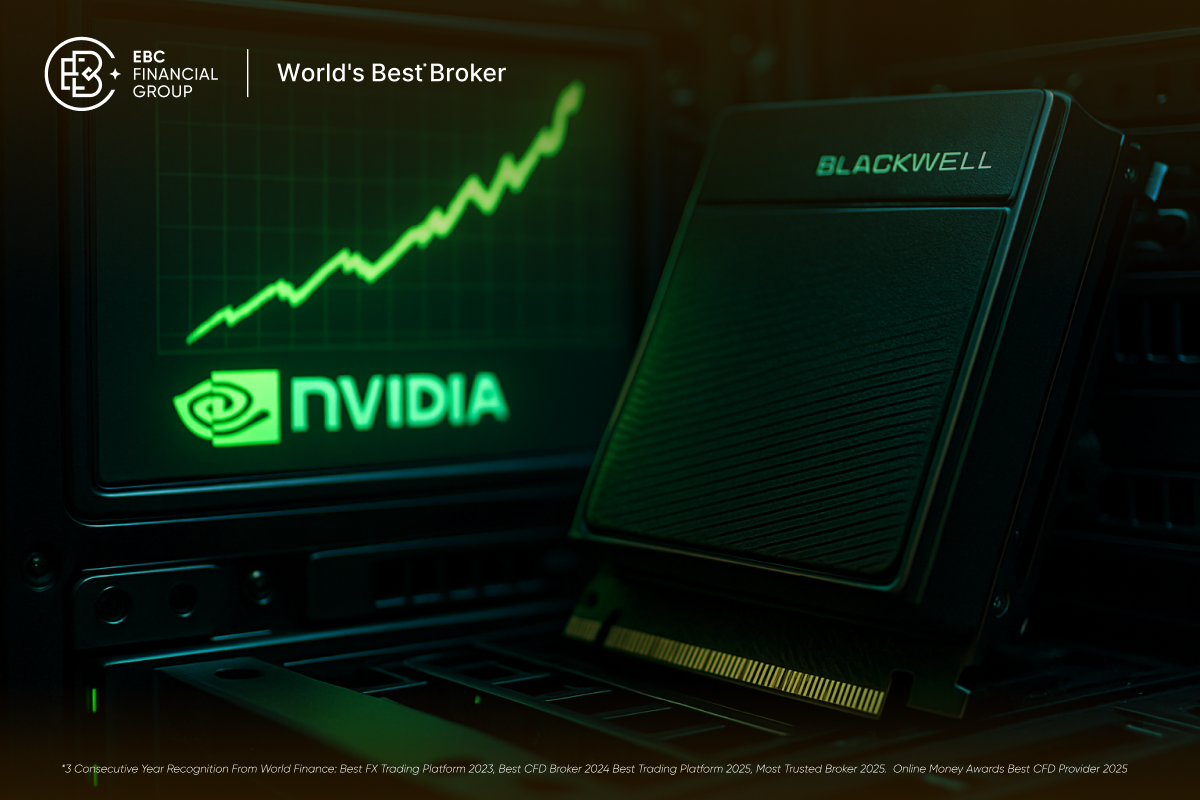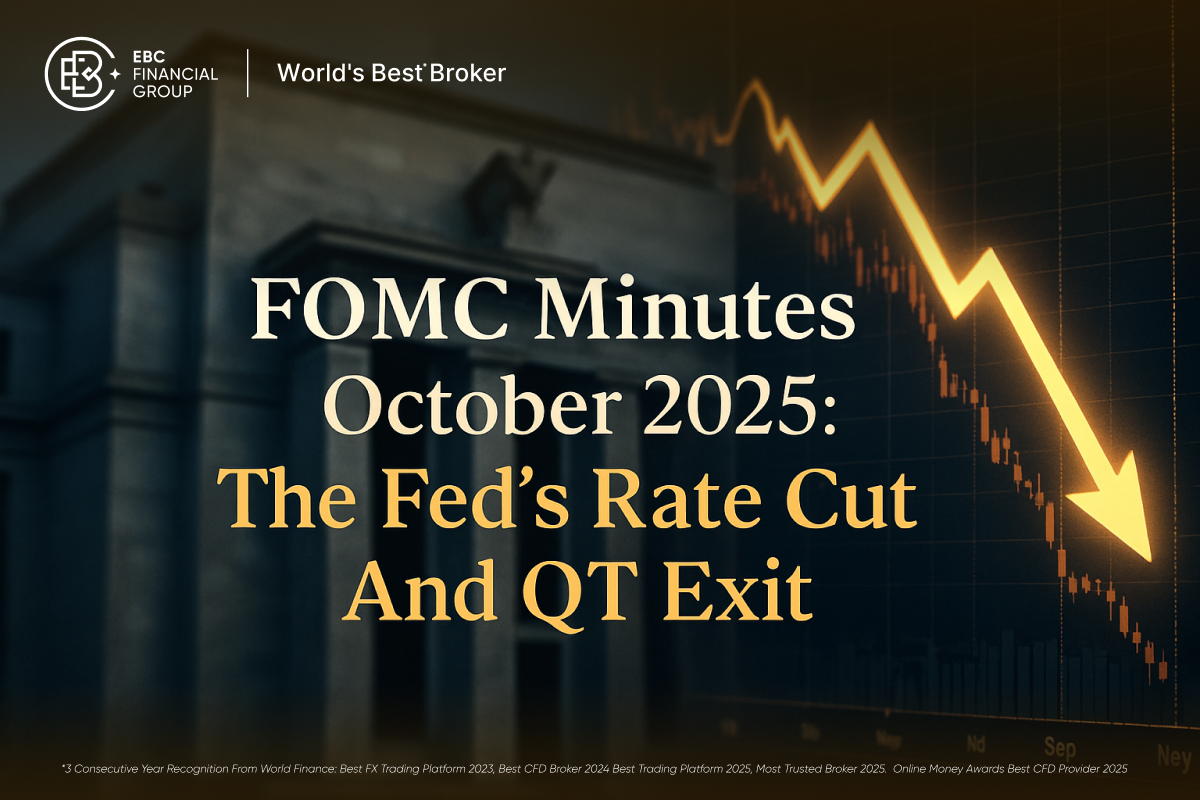Beneath the surface of global financial markets lies a vast, invisible current: institutional trading. Like an ocean’s deep undercurrent, institutional flows push and pull price levels, shifting tides of liquidity that retail participants may feel but seldom see. Retail traders ride the choppy waves above, reacting to surface movement, while institutions steer the bulk of capital from below, sometimes imperceptibly until the next wave crashes.
In markets from equities to foreign exchange, futures to fixed income, institutional trading accounts for the great mass of volume and influence. Understanding how it works is not optional for serious traders, it is essential. In the next section, we begin by defining institutional trading and showing why it matters to anyone who wants to read markets from the inside out.

What Is Institutional Trading
Institutional trading refers to the buying and selling of financial assets conducted by large entities such as investment banks, hedge funds, mutual funds, pension funds, sovereign wealth funds, insurance companies, and large asset managers. These entities trade on behalf of clients or portfolios at large scale, often with the goal of asset allocation, hedging, liquidity management, or alpha generation.
Unlike retail traders, institutions operate with greater capital, access to bespoke technology and infrastructure, and heavier regulatory oversight. Their trades often aim to minimise market impact, execute over many hours or days, and engage in strategies that exploit market structure rather than pure speculation. Because institutional trading dominates global volume in most markets, its decisions and flows significantly affect price formation, volatility, and liquidity.
The Inner Mechanics of Institutional Trading
Institutional trading is not simply placing a big order and hoping for the best. It is a carefully orchestrated process involving technology, access, information flow, and execution strategy.
Order Execution and Market Access
Institutions often use Direct Market Access (DMA) or access via prime brokers to place orders directly onto exchanges or through liquidity providers. They may split large orders, commonly called metaorders, into smaller child orders and route them over time or across multiple venues to reduce slippage, the difference between intended price and execution price.
For extremely large trades, institutions may use dark pools, private trading venues where order details are hidden from public markets to avoid signalling intentions. Roughly 40 per cent of US equity trading is said to occur in dark pools or internalised across brokers.
A well-documented example is how institutional participants navigate order books and use smart order routers to search for best execution across lit and dark liquidity pools without revealing their hand.
Algorithmic and Quantitative Execution
Institutions commonly rely on algorithmic execution strategies. These include:
VWAP (Volume Weighted Average Price), executes in proportion to market volume over a time window
TWAP (Time Weighted Average Price), divides total order evenly over time
Implementation Shortfall algorithms, attempt to optimise timing to reduce the overall cost relative to decision price
Statistical arbitrage or factor models, using quantitative signals to detect mispricing or relative value
These algorithms consider market microstructure, liquidity depth, volatility, order book queues, and historical price impact. They can modulate aggressiveness according to conditions.
Information Edge and Research Depth
Institutions typically have access to extensive datasets: macroeconomic reports, proprietary research, satellite imagery, alternative data such as shipping flows or consumer behaviours, and lower-latency data feeds. This allows them to anticipate market reactions and trade ahead of or during information releases.
Academic studies show that institutional trading often reacts around news events in systematic ways. In one study of institutional trading around corporate news announcements, net selling correlates with negative news on the announcement day.
Moreover, using the Abel Noser database, one of the most referenced institutional transaction datasets, researchers have documented over 232 million institution trades spanning 1.26 trillion shares and USD 37.5 trillion in value between 1999 and 2011.
Thus institutional trading is grounded in data, modelled behaviour, and strategic decisions, not impulses.
Why Institutional Trading Shapes Market Structure
Because institutional trading forms such a major share of liquidity and volume, its flows shape critical market attributes.
Liquidity Provision, Price Discovery and Bid-Ask Spreads
Institutional order flow helps establish price discovery. As big trades absorb or push liquidity, prices adjust. In calm markets, institutional bodies provide liquidity by placing resting limit orders, tightening bid-ask spreads. In stressed times, they may withdraw liquidity, widening spreads, as observed in times of crisis.
Directional Bias and Market Impact
Aggregate institutional flows often correlate with index movements. One study of US equity funds showed that unexpectedly positive net flow days correspond to index gains of about 0.25 per cent, and vice versa for negative flow days.
Another area is co-impact or crowding effects, when many metaorders align in direction, the combined effect can push prices more than the sum of each in isolation. Research finds that multiple overlapping institutional metaorders lead to non-linear price impact, and the market reacts primarily to net order flow rather than each trade individually.
Extreme Market Events and Institutional Behavior
In times of market stress, institutional behaviour intensifies. During the 2007 to 2009 global financial crisis, institutions faced sharply higher transaction costs and illiquidity. Studies show that forced redemptions and correlated selling across portfolios led institutions to liquidate across many assets, even those fundamentally unrelated, to meet liquidity needs.
In another study of extreme market movements, institutions that were buying before a shock continued buying on the day of the shock in 83 per cent of cases, while those selling continued selling 79 per cent of the time. These patterns underscore how institutional flows reinforce momentum during turbulence.
Institutional Risk Management
To operate at scale, institutions deploy sophisticated risk frameworks and guardrails far beyond those of most retail traders.
Portfolio Diversification and Hedging
Institutional portfolios span many asset classes, regions, and risk factors. They often use derivatives such as futures, options, or swaps to hedge exposures. For example, a global equity fund may hedge currency risk via FX forwards. Options are used for tail-risk protection.
Institutions also use Value at Risk (VaR) models, stress tests, scenario analysis, and correlation matrices to manage systemic and idiosyncratic risks.
Regulatory and Compliance Framework
Institutions must adhere to regulatory regimes such as FCA, MiFID II in Europe, or SEC and Dodd-Frank rules in the United States. They maintain audit trails, internal risk controls, and enforce limits on position size, leverage, counterparty exposure, and capital adequacy.
They also must avoid market abuse such as insider trading, spoofing, or front running under legal frameworks. A well-known case was the 2003 mutual fund scandal involving illicit late trading and market timing abuses by mutual and hedge fund entities.
Institutions must also file periodic disclosures like the 13F in the United States for institutional equity holdings.
Technology, Resilience and Surveillance
Institutions invest heavily in infrastructure such as co-located servers, ultra-low latency networks, disaster recovery, and failover systems. They also operate surveillance systems to detect anomalous trades, manipulative patterns, or insider behaviour. Cybersecurity and data integrity are mission critical.
Because their trading interacts with many counterparties, any breakdown or exploit could cascade across markets.
Institutional Trading Strategies That Move Markets
Institutions use a variety of strategies, sometimes overlapping or combined, to achieve objectives.
Long-Term Investment versus Tactical Moves
Some institutional trading is long horizon, like sovereign wealth funds buying equities over years. Other trades are tactical, designed to capture short-term opportunities.
Key Institutional Strategies
Arbitrage or Relative Value: Exploiting price discrepancies, for example cross-market or cross-asset, when correlated securities diverge.
Market Making or Liquidity Provision: Some institutions act as liquidity providers, placing resting limit orders and profiting from spreads.
Index Rebalancing and Passive Flows: When benchmarks change, institutions must rebalance large portfolios, which creates substantial directional flow.
Hedging and Overlay Strategies: Institutions overlay derivatives to smooth exposures or adjust beta.
Execution Algorithms and Transaction Cost Minimisation: Splitting orders, timing execution, and working across liquidity venues.
A classic real event is JPMorgan’s London Whale in 2012, where derivatives trades grew so large that they distorted market pricing and caused a reported six billion dollar loss.
Another historical case is Daiwa Bank, where a rogue trader in its US branch concealed losses over twelve years and eventually incurred huge losses of about 1.1 billion dollars through unauthorised bond trades.
These highlight how even institutions with vast sophistication are vulnerable when risk controls, execution, or oversight fail.

The Technology Backbone
Institutional trading depends on robust technology stacks.
Order Management Systems (OMS) and Execution Management Systems (EMS) orchestrate order workflows, compliance checks, and routing logic.
FIX Protocol is a standard messaging language used across trading venues.
Co-location ensures servers are physically close to exchange infrastructure to reduce latency.
Liquidity aggregation consolidates quotes from multiple sources to find best fills.
High-frequency and ultra-low-latency links enable competitive execution during volatile windows.
Institutions may also operate private matching engines, internalisation pools, and smart order routers. These systems are expensive to maintain and scale but essential to effective institutional trading.
Real-Life Illustrations and Market Events
2010 Flash Crash
On 6 May 2010, US equity markets plunged dramatically within minutes before recovering. The crash was triggered by a huge order in E-mini S&P futures, which exhausted available liquidity and then cascaded as high-frequency algorithms amplified the move. Institutional flows and algorithmic responses exacerbated volatility and revealed how fragile liquidity can be when large orders interact across venues.
2007 to 2009 Global Financial Crisis
During the crisis, institutions faced severe illiquidity, wide bid-ask spreads, and forced correlated selling. Many funds and banks had to liquidate holdings across assets to meet redemptions, a phenomenon known as fire sales, which further depressed prices widely.
JPMorgan “London Whale” 2012
JPMorgan’s Chief Investment Office amassed large derivative positions that distorted credit markets and resulted in a reported six billion dollar loss. The event exposed how institutional strategies, when oversized or mismanaged, can backfire and influence pricing transparency.
Abel Noser Transaction Data
Analysis of the Abel Noser dataset from 1999 to 2011 revealed 232.6 million institutional transactions across 1.26 trillion shares valued at about 37.5 trillion dollars. Researchers also found that institutional trade sizes have declined over time, reflecting more order slicing, algorithmic execution, or market fragmentation.
Institutional Trading Around News
In studies of trading behaviour around corporate announcements, institutional net selling rises on negative news announcement days, indicating that institutions incorporate public information and trade actively at time windows close to announcements.
FAQs About Institutional Trading
Q1. What are the main types of institutional traders
Institutional traders include investment banks, hedge funds, mutual funds, pension funds, insurance firms, sovereign wealth funds, and large endowments. Each has distinct mandates, time horizons, and strategies.
Q2. How do institutions minimise market impact when placing large orders
They split large orders into smaller child orders, use algorithmic execution like VWAP or TWAP, route across multiple venues, and use dark pools or liquidity providers to conceal or soften their footprints.
Q3. Can retail traders adopt institutional trading methods
Yes, to some degree, by adopting disciplined risk frameworks, backtested strategies, and data-driven decision making. However, retail traders lack scale, privileged infrastructure, and direct market access, so adaptation matters.
Conclusion
Institutional trading lies at the core of global markets, powering liquidity, price discovery, and directional flows across asset classes. From algorithmic execution and metaorders to risk management frameworks, institutions operate with a level of sophistication, infrastructure, and oversight that retail traders can learn from but rarely replicate in full.
By examining how large players navigate access, anonymity, information, and technology, serious traders gain a deeper lens into market movement, not as outsiders but as informed observers. Just as surfers can watch and ride ocean waves, those who understand the undercurrents of institutional trading can surf with intention and insight.
Disclaimer: This material is for general information purposes only and is not intended as (and should not be considered to be) financial, investment or other advice on which reliance should be placed. No opinion given in the material constitutes a recommendation by EBC or the author that any particular investment, security, transaction or investment strategy is suitable for any specific person.











